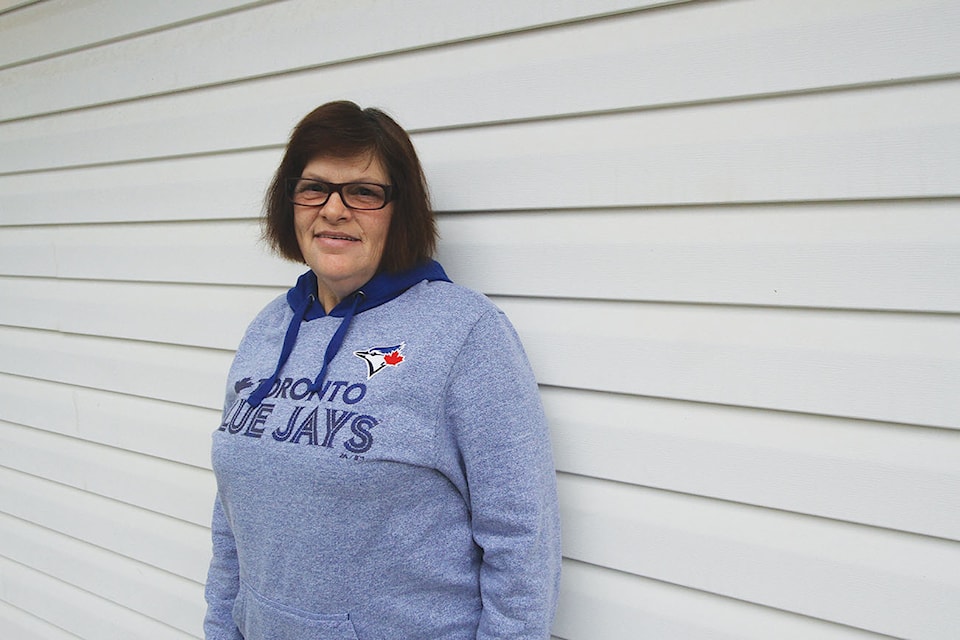Joanne Goller suffered a heart attack on Oct. 12 — but it was also her lucky day.
The Red Deer woman happened to be attending a work conference in Calgary when pain struck the back of her neck with the force of a baseball bat whack.
“I didn’t know what was wrong,” said Goller, who was rushed by paramedics to Foothills Hospital, where doctors discovered she had 95 per cent heart blockage.
She immediately underwent cardiac catheterization at the Calgary hospital, in which a stent was inserted through her arm and into her heart to keep the valve open.
About an hour later, she was recovering in a hospital bed.
Goller was told she would likely not have survived if she’d had her heart attack in Red Deer.
“Doctors kept telling me, ‘Do you know how fortunate you are?’ ” she recalled.
This life-saving cardiac treatment is not available at Red Deer Regional Hospital Centre, but Goller strongly believes it should be.
During follow-up visits to the local hospital, she met many other heart patients who are waiting in intensive care, sometimes for two to three days, to get transferred to Calgary or Edmonton for the procedure.
“I’ve watched as they’ve sat and waited,” she said, “and I’ve wondered how much money was being wasted transferring them to Edmonton or Calgary,” instead of offering the life-saving treatment here.
Whether Central Region gets a cardiac catheterization lab is expected to be included in an Alberta Health Services Review of provincial cardiac care needs.
Alberta Health Minister Sarah Hoffman stated earlier this week it’s going to take time to complete this review. Local doctors were given a three-to-five year time-frame about a year and a half ago.
Goller feels it’s unfair that Central Albertans “are being put on the back burner,” when time is of the essence for heart attack patients. She learned the best recovery results are when the stent procedure is done within three hours, otherwise organ damage can occur.
Goller remembers the procedure being painless and relatively non-invasive. She recalled various scanners rotating around her as the catheterization was done. The medical workers “needed to see what they were doing, and how my heart was doing…”
A stent was inserted into a vein in her arm and guided, through camera imagery, to her heart. The stent, which opened up blockages with a balloon, will remain in her chest for life.
The local woman, who’s off from her jobs at Superstore and as an Advocate carrier as she recovers, is on blood thinners and has to go to follow-up appointments.
But she’s very grateful to the team at Foothills Hospital for keeping her alive.
lmichelin@www.reddeeradvocate.com
